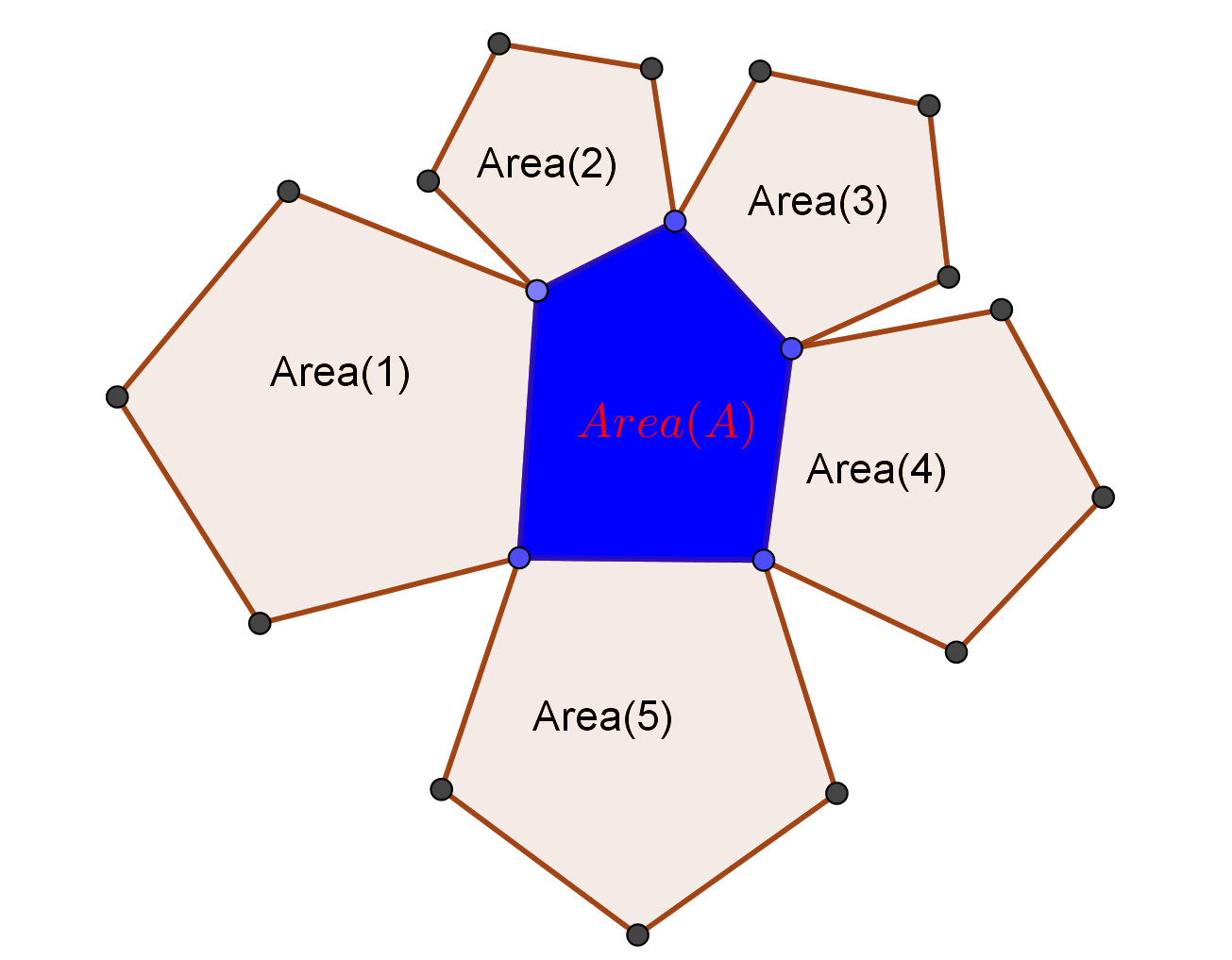$\DeclareMathOperator\Area{Area}\DeclareMathOperator\cotg{cotg}$I am looking for a proof (or a reference) of an inequality related to area and the sidelengths of a polygon as follows:
Let $A_1A_2\cdots A_n$ be an arbitrary polygon, then:
$$\Area(A_1A_2\cdots A_n) \le \frac{1}{4}\cotg{\frac{\pi}{n}} \sum_{i=1}^nA_iA_{i+1}^2$$
This is a generalization of Weitzenböck's inequality.
You can see a stronger version at Strengthened version of Isoperimetric inequality with n-polygon.
Geometric meanings: $$\Area(A_1A_2\cdots A_n) \le \frac{\Area(1)+\Area(2)+\dotsb +\Area(n)}{n}.$$
PS: I found this inequality long time ago, that time I thought this is old inequality. But today, I think this is new because I can not see any reference for the inequality.

